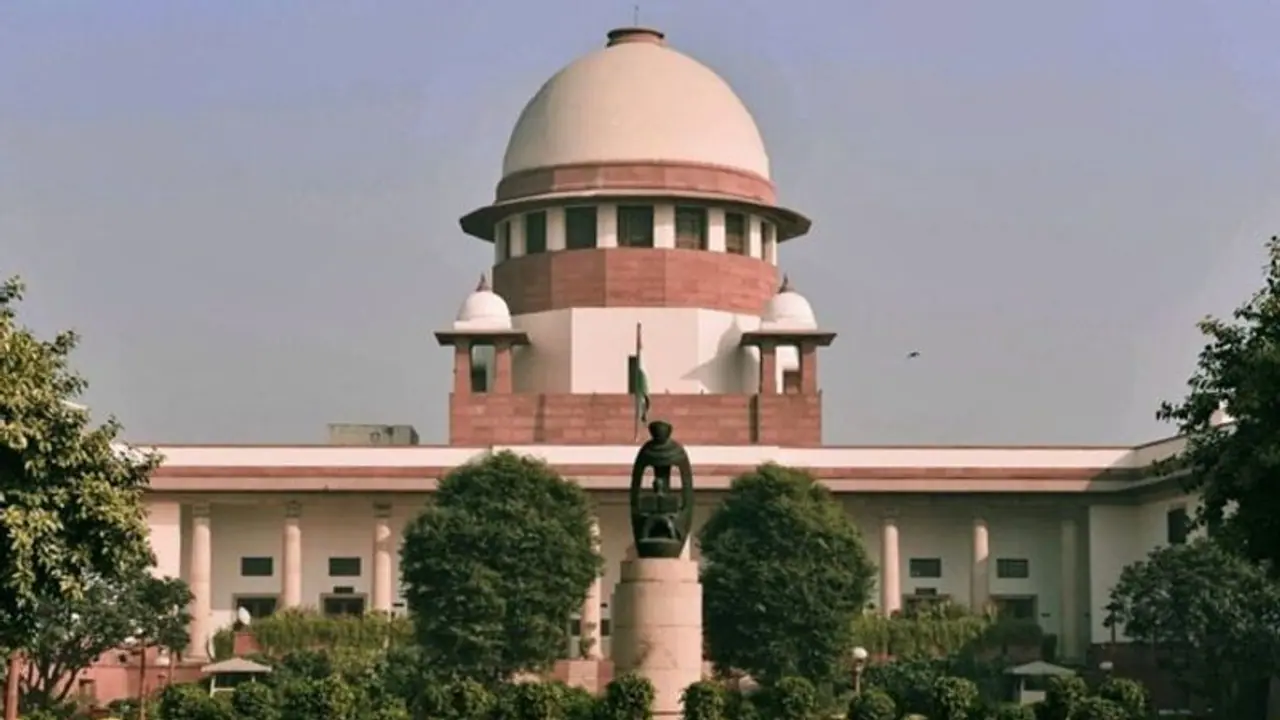In an affidavit presented to the court, the state government argued that a lockdown is also required for the neighbouring areas of Delhi that fall under the National Capital Region (NCR).
The Delhi administration notified the Supreme Court on Monday that it is prepared to adopt tactics such as total lockdown to combat air pollution but that the impact would be limited.
In an affidavit presented to the court, the state government argued that a lockdown is also required for the neighbouring areas of Delhi that fall under the National Capital Region (NCR).
It further stated that the government is prepared to adopt actions such as total lockdown to regulate local pollution. However, such a move would be significant if it were applied throughout the NCR zones in adjacent states. Given the city's small size, a lockdown would have little effect on the air quality regime.

The Delhi government also told the court of the numerous initiatives it has taken to date, including banning physical education lessons in schools this week and directing government employees to work from home. The Kejriwal administration also recommended private offices to choose Work From Home and to close construction projects for three days.
Meanwhile, the Centre informed the court that the stubble burning was not the major cause of pollution at present in Delhi and northern states, as it contributes to only 10 per cent of the pollution. It further suggested three steps to the apex court to bring down pollution, which includes, introduction of odd-even vehicle scheme, ban on trucks' entry in Delhi, and severest will be lockdown. In the midst of an air pollution crisis, the Centre has proposed shutting down some power facilities, discouraging private automobiles, and increasing the usage of public transportation in Delhi-NCR.
Also Read | Delhi govt announces schools closure for a week, various steps to combat worsening air pollution
A special bench comprising Chief Justice of India (CJI) NV Ramana, Justice DY Chandrachud and Justice Surya Kant noted that the major cause of air pollution in Delhi are dust, heavy vehicular traffic and industries'; and added that if timely steps tare aken by the government, pollution can be kept to manageable levels. The apex court asked Centre and state government to respond by Tuesday over which industries can be stopped, which vehicles can be prevented from plying and which power plants can be stopped, and how you can provide alternative power by then. The court has concluded that major culprits of air pollution are transport, industries, vehicular traffic apart from stubble burning in some areas.
It is worth noting that the air quality in Delhi, which is frequently regarded as the world's most polluted capital, has improved as a result of agricultural stubble burning, emissions from transportation, coal-fired power plants outside the city, and other industry, as well as open rubbish burning and dust.
Meanwhile, Delhi's air quality remained in the 'very poor' category for the second day in a row on Monday, with an AQI of 342.
